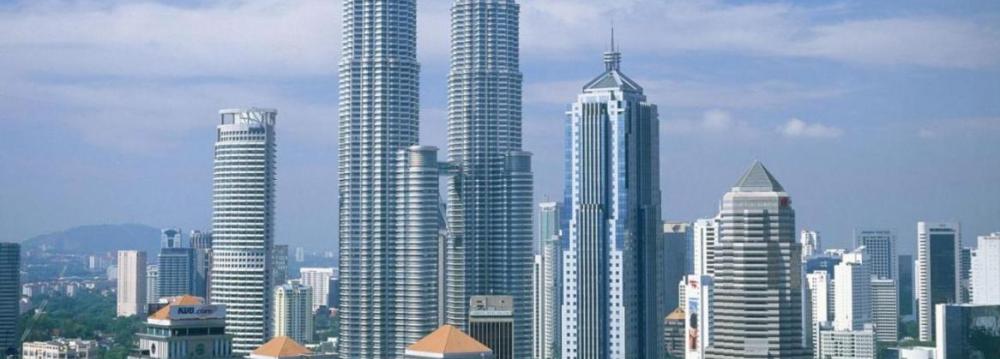The International Monetary Fund and the World Bank have cut their outlook for global growth for the years 2014 and 2015 and warned about the risks of rising geopolitical tensions and a financial-market correction as stocks reach “frothy” levels.
The world economy will grow 3.8 percent in 2015, compared with a July forecast for 4 percent, after a 3.3 percent expansion this year, the Washington-based IMF said. US growth is helping lead a worldwide acceleration that’s weaker than the Fund predicted 2 1/2 months ago as the outlooks for the euro area, Brazil, Russia and Japan deteriorate.
“In advanced economies, the legacies of the pre-crisis boom and the subsequent crisis, including high private and public debt, still cast a shadow on the recovery,” the IMF said in its latest World Economic Outlook. “Emerging markets are adjusting to rates of economic growth lower than those reached in the pre-crisis boom and the post-crisis recovery.”
According to the East Asia Pacific Economic Update released Monday by the World Bank, developing countries in East Asia Pacific will see slightly slower economic growth in 2004, but the pace of growth in the region, excluding China, will pick up next year, as the gradual recovery in high-income economies boosts demand for exports from the region.
Still, developing East Asia Pacific remains the fastest-growing region in the world.
Developing East Asia will grow by 6.9% this year and next, down from 7.2% in 2013, the report says. In China, growth will ease slightly to 7.4% this year and 7.2% in 2015, as the government seeks to put the economy on a more sustainable path with policies addressing financial vulnerabilities and structural constraints.
Excluding China, growth in developing countries in the region is expected to bottom out at 4.8% this year, before rising to 5.3% in 2015, as exports rise and domestic economic reforms advance in the large Southeast Asian economies.
“East Asia Pacific will continue to have the potential to grow at a higher rate — and faster than other developing regions — if policy makers implement an ambitious domestic reform agenda, which includes removing barriers to domestic investment, improving export competitiveness and rationalizing public spending,” said Axel van Trotsenburg, World Bank East Asia and Pacific Regional Vice President.
Impact Varies
While the region as a whole will benefit more than any other region from the recovery of the global economy, the impact will vary across countries, depending on their investment and export environment. China, Malaysia, Vietnam and Cambodia are well positioned to increase their exports, reflecting their deepening integration into the global and regional value chains that have driven global trade in the last 20 years.
The report revised the World Bank’s 2014 forecast for Malaysia to 5.7%, up from 4.9% in April, because of robust exports in the first half of the year.
Cambodia is expected to grow at 7.2% in 2014, boosted by rising garment exports. Thailand is also expected to benefit from the global recovery, given its strong integration into global value chains – if the respite in political unrest is sustained.
But in Indonesia, which still relies on exporting commodities, growth will drop to 5.2% this year from 5.8% in 2013, constrained by falling commodity prices, lower-than-expected government consumption and slower credit expansion.
A bright spot for the region’s economies: robust private consumption, supported by various factors such as election-related spending in Indonesia and a strong labor market in Malaysia.
In the Philippines, buoyant remittances pushed up private consumption, which accounts for more than half of the country’s overall growth, forecasted to be at 6.4% this year and 6.7% in 2015.
Economic growth in Myanmar, with recent institutional and policy reforms and international re-engagement, will be at 8.5% this year and next.
Significant uncertainties remain that could affect the region’s growth. High-income economies, especially in the euro zone and Japan, could face downside risks in the near term. Global financial conditions could tighten sharply, and international and regional geopolitical tensions could affect prospects.


